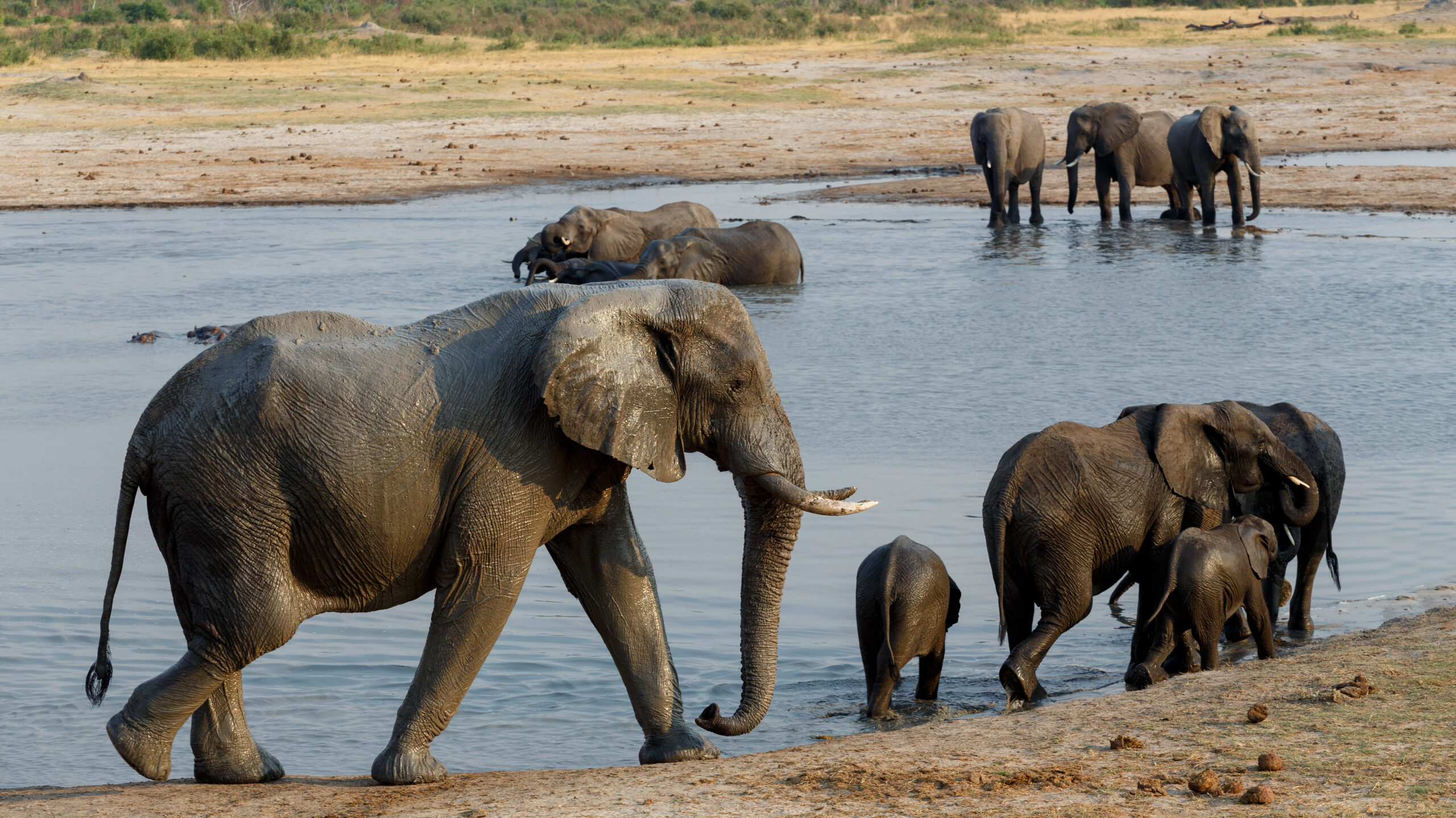Cyanobacteria, microscopic photosynthetic bacteria, have been quietly shaping our planet for billions of years. Responsible for producing the oxygen we breathe, these tiny organisms play a critical role in the global carbon cycle and are now stepping into the spotlight for another reason: their potential to both understand and potentially combat climate change.

Recently, researchers discovered two new strains of cyanobacteria, UTEX 3221 and UTEX 3222, thriving in a marine volcanic seep off the coast of Italy. While cyanobacteria are virtually everywhere there is water and light—from calm freshwater ponds to extreme environments like Yellowstone’s hot springs—this particular habitat is remarkable for its naturally high CO₂ levels and acidic conditions. For these newly identified strains, a geochemical setting like marine volcanic seeps have likely driven the evolution of unique traits that could make them valuable for carbon sequestration and industrial applications.
Continue reading “Hot Off the Seep: Novel Cyanobacteria with Hefty Implications for Carbon Cycling”
